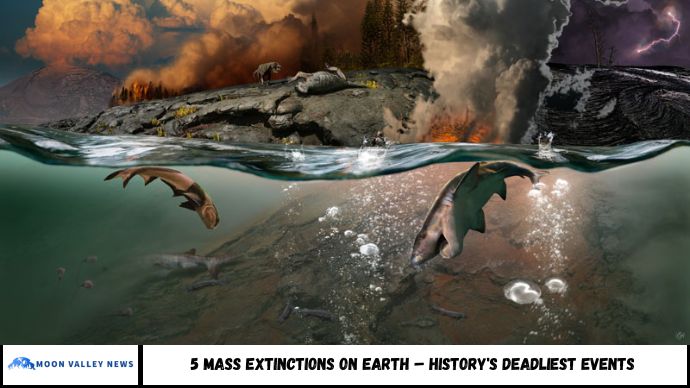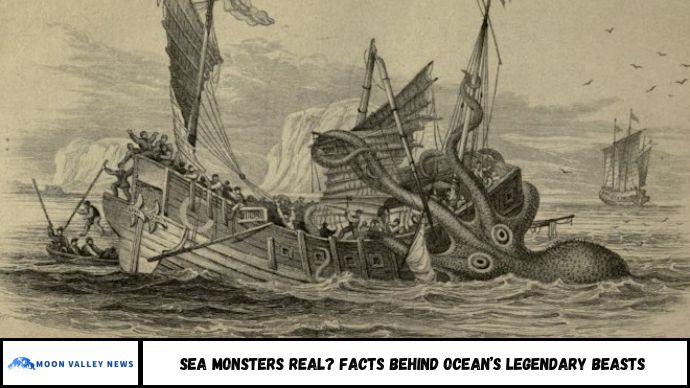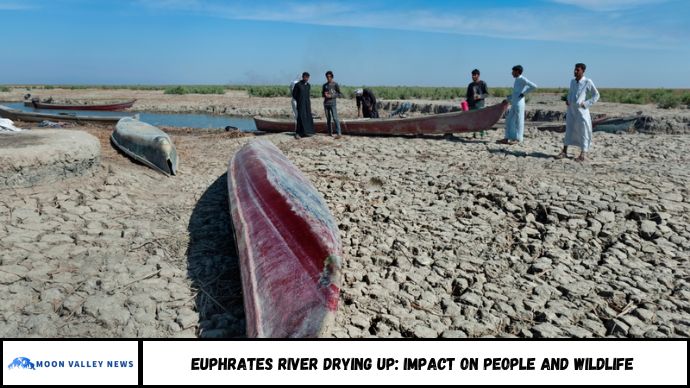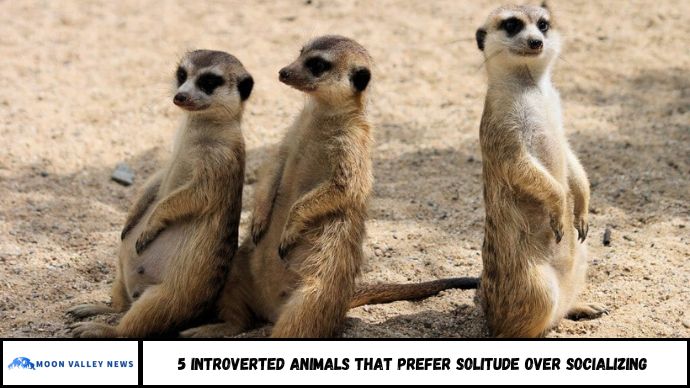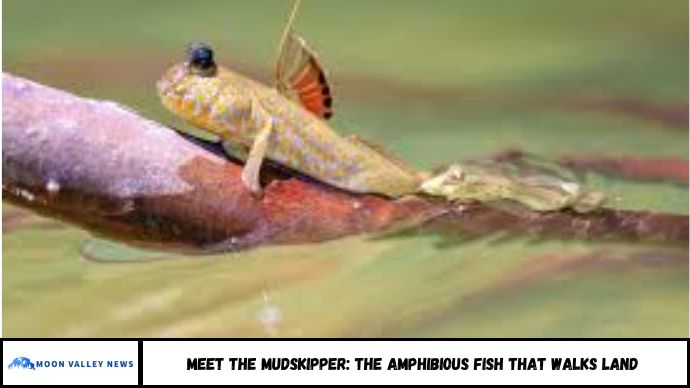Throughout Earth’s 4.5-billion-year history, five mass extinctions have drastically reshaped life on the planet. These cataclysmic events wiped out up to 96% of species, changing evolutionary paths forever. This article explores the causes, timeline, and effects of each extinction event, giving insight into what could come next.
From the Ordovician period to today—where some scientists believe we may be facing a sixth mass extinction—Earth has witnessed several catastrophic events that repeatedly wiped out vast amounts of life.
If you’re reading this, consider yourself part of a rare group: the 1 percent of species on Earth that have survived. Over the past 3.5 billion years, about 99 percent of the estimated 4 billion species that have ever existed are now extinct.
Mass extinctions are dramatic episodes in Earth’s history where at least 75 percent of species disappear in a relatively short geological timeframe—ranging from thousands to millions of years. Thanks to fossil records dating back more than 500 million years, scientists have identified five major mass extinctions, and many believe we’re currently experiencing a sixth.
These massive die-offs typically result from a combination of devastating factors—like ocean acidification paired with rapid increases in land temperatures. While the exact triggers can be complex and sometimes uncertain, large-scale volcanic eruptions covering vast regions are often involved. The idea that asteroid impacts cause mass extinctions remains debated; only one asteroid has been definitively linked to such an event.
Each mass extinction marks the end of a geologic period, which is why scientists refer to them by names like the End-Cretaceous extinction. But mass extinctions aren’t just endings—they clear ecological space, allowing surviving species to flourish and diversify in new and unexpected ways.
Can Life Really Be Wiped Out in a Flash?
Imagine 90% of all life disappearing almost overnight. This isn’t a science fiction plot — it’s history. Earth has faced five major extinction events where biodiversity collapsed catastrophically. These moments weren’t just devastating; they were transformational, giving rise to new life while ending ancient reigns.
In this article, you’ll learn:
- What caused each mass extinction
- When they happened and what life forms were lost
- How they paved the way for evolution and modern ecosystems
What Is a Mass Extinction?
A mass extinction occurs when at least 75% of all species vanish within a geologically short time (often less than 2 million years). These are not isolated events — they impact every ecosystem: oceans, land, and air.
1. The Ordovician-Silurian Extinction (~443 million years ago)
- Species lost: ~85%
- Main cause: Sudden ice age followed by warming
- Victims: Marine invertebrates (brachiopods, trilobites, graptolites)
Key Insight:
A major drop in global temperatures led to glaciation and falling sea levels, which destroyed marine habitats. A second warming pulse caused further die-offs.
2. The Late Devonian Extinction (~375 million years ago)
- Species lost: ~75%
- Main cause: Climate change, declining oxygen in oceans
- Victims: Coral reefs, jawless fish, early plant species
Key Insight:
Rather than a single blow, this extinction unfolded over several million years. Extensive algal blooms may have reduced ocean oxygen, killing marine species.
3. The Permian-Triassic Extinction (~252 million years ago)
“The Great Dying” — Worst extinction in Earth’s history
- Species lost: Up to 96% of marine life, 70% of land species
- Main cause: Volcanic eruptions, global warming, ocean acidification
- Victims: Trilobites, many amphibians, reef systems
Key Insight:
Massive volcanic activity in Siberia released CO₂, triggering runaway greenhouse effects and ocean acidification. This reset life on Earth almost entirely.
4. The Triassic-Jurassic Extinction (~201 million years ago)
- Species lost: ~80%
- Main cause: Volcanic activity, atmospheric CO₂ spikes
- Victims: Large amphibians, early reptiles, conifers
Key Insight:
This extinction cleared the way for dinosaurs to dominate the planet. The Central Atlantic Magmatic Province (CAMP) eruptions released massive amounts of CO₂.
5. The Cretaceous-Paleogene Extinction (~66 million years ago)
The one that killed the dinosaurs
- Species lost: ~76%
- Main cause: Asteroid impact + volcanic activity
- Victims: Dinosaurs (non-avian), marine reptiles, ammonites
Key Insight:
A 10-km-wide asteroid struck the Yucatán Peninsula, triggering global wildfires, tsunamis, and a “nuclear winter.” Birds and mammals survived, setting the stage for humans.
Are We Living Through the Sixth Mass Extinction?
Yes — many scientists believe a Sixth Mass Extinction is underway, driven by:
- Habitat destruction
- Pollution
- Climate change
- Overexploitation
What Can We Learn From Earth’s Past Extinctions?
- Resilience: Life always rebounds — but it takes millions of years.
- Warning signs: Mass extinctions are often preceded by rapid environmental change.
- Human impact: Unlike past extinctions, today’s crisis is caused by one species — us.
FAQs
1. What caused the worst mass extinction?
The Permian-Triassic event, caused by volcanic activity and global warming, wiped out 96% of marine species.
2. How many species were lost in the dinosaur extinction?
About 76% of all species, including non-avian dinosaurs.
3. Are mass extinctions always sudden?
No, some like the Devonian unfolded over millions of years.
4. Is a sixth extinction happening now?
Yes, due to human activity and climate change, it’s ongoing.
5. Which extinction gave rise to dinosaurs?
The Triassic-Jurassic extinction allowed dinosaurs to dominate.
6. What survives mass extinctions best?
Small, adaptable species like rodents, birds, and insects often survive.
Conclusion
Earth’s five mass extinctions reshaped the planet, each acting as a brutal reset button for life. But today’s extinction threat is man-made and preventable. Understanding past events helps us recognize the warning signs and take urgent action to protect Earth’s biodiversity.

